The process of making washi was first introduced by a Korean monk in 610 AD.
Later, during the Heian period (794-1185), techniques for making thin and strong washi were developed, and it was around this time that Japan developed its own unique manufacturing methods. It was at this time that washi made a great leap forward, becoming a flexible and strong paper unlike any other paper in the world.
“Washi is paper made by hand using kozo (paper mulberry) and mitsumata (paper mitsumata), materials unique to Japan.
Natural plant fibers are twisted together by the process of making washi, which makes it strong and durable. The paper used at Tsujikura is made from kouzo (paper mulberry), and all processes from processing the raw materials to processing are done by hand.
In particular, the paper making process is called “paper making process.
In particular, the papermaking process is handmade, and each sheet of paper is made by the hands of craftsmen who have continued to preserve the tradition.
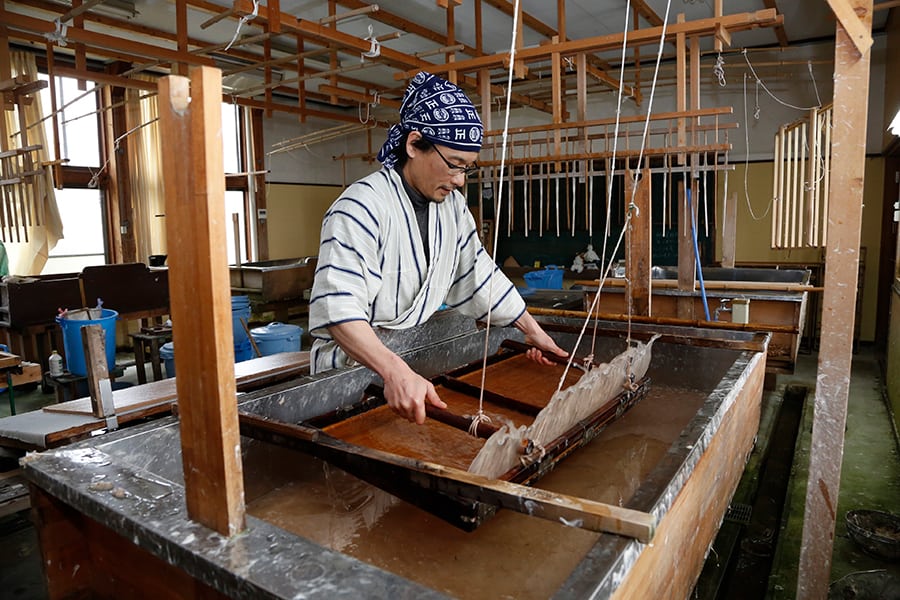
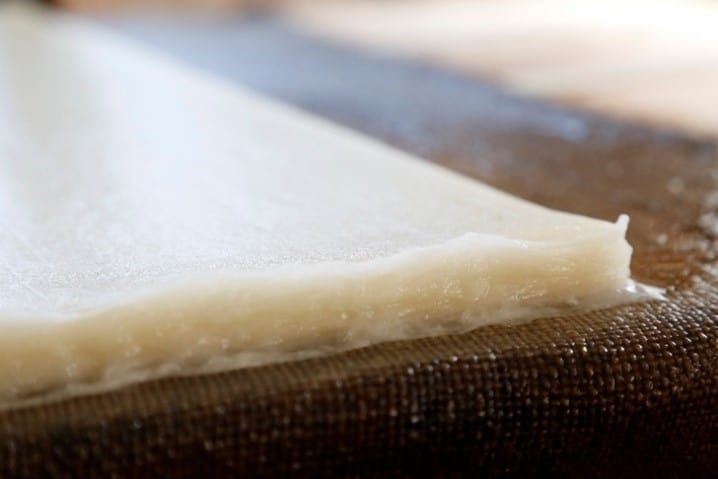
The bones of a Japanese umbrella are made from a single piece of bamboo.
The bamboo is split into 40 to 50 pieces and marked so that the order of the pieces does not change.
In this way, the closed Wagasa will look like a single bamboo, and will be a beautiful and well-organized umbrella.
It takes many craftsmen to make a single Wagasa, including those who make the bones, the potter’s wheel that connects the bones, and the washi paper. Then, the craftsmen of Tsujikura make it into a single Wagasa.
The process of making a Japanese umbrella takes a long time to complete because most of the work is done by hand.
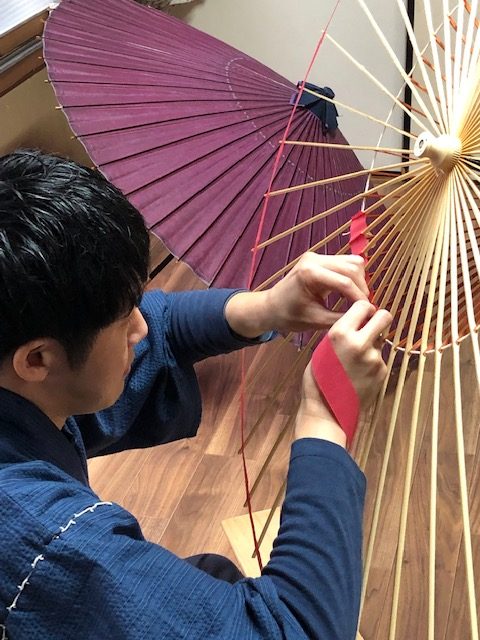
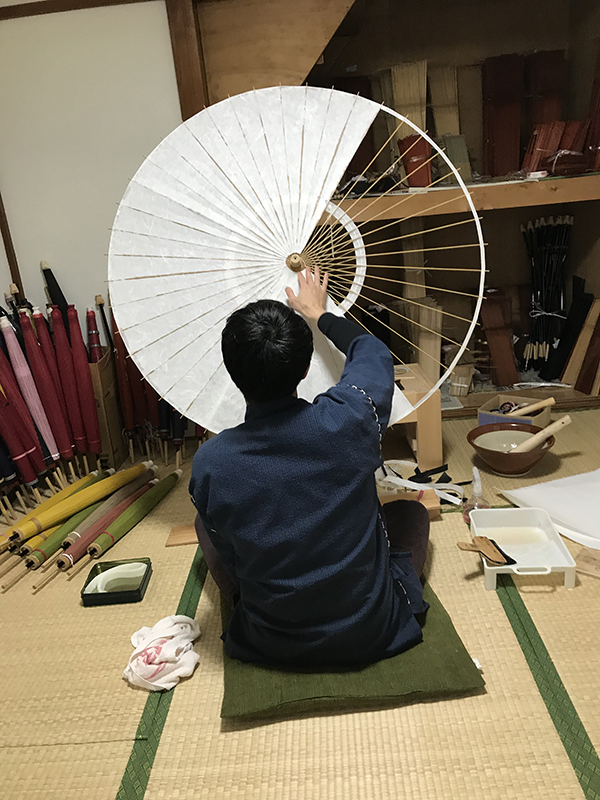
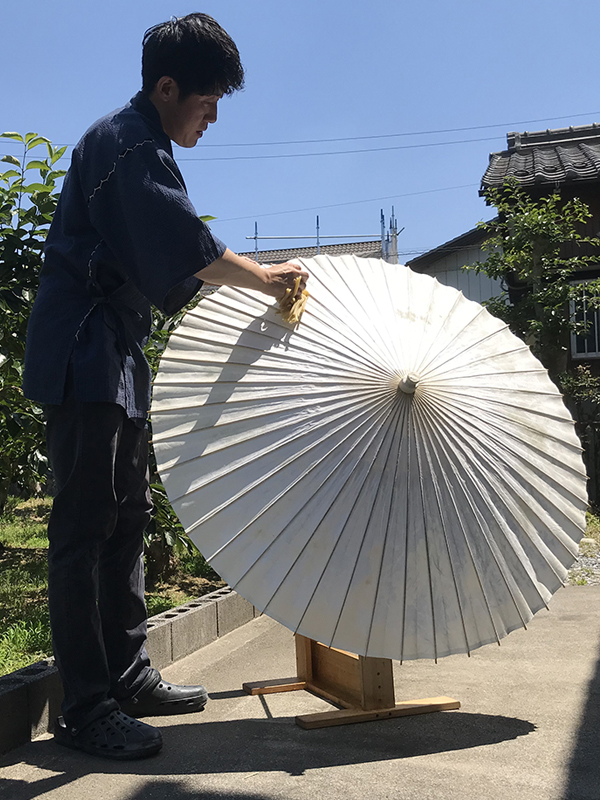
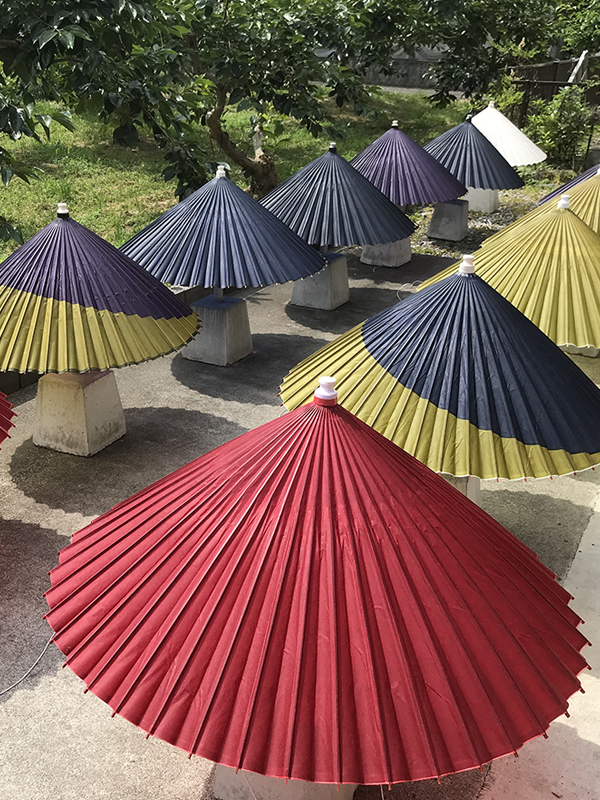
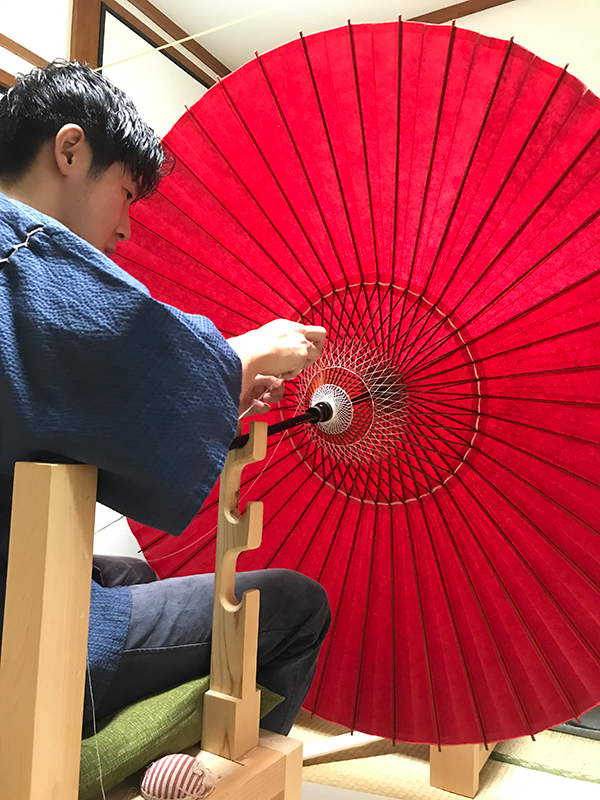
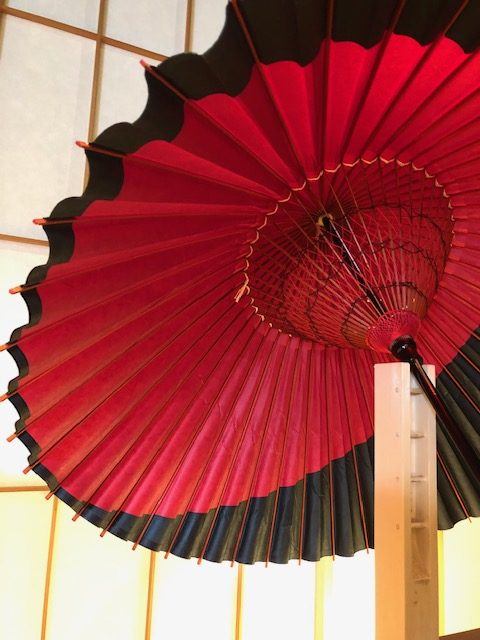
“Washi craftsmen and Wagasa craftsmen, who work hard every day to preserve the traditions and culture that have been handed down since ancient times in Japan and pass them on to future generations, have combined their skills to produce a beautiful and genuine Wagasa.